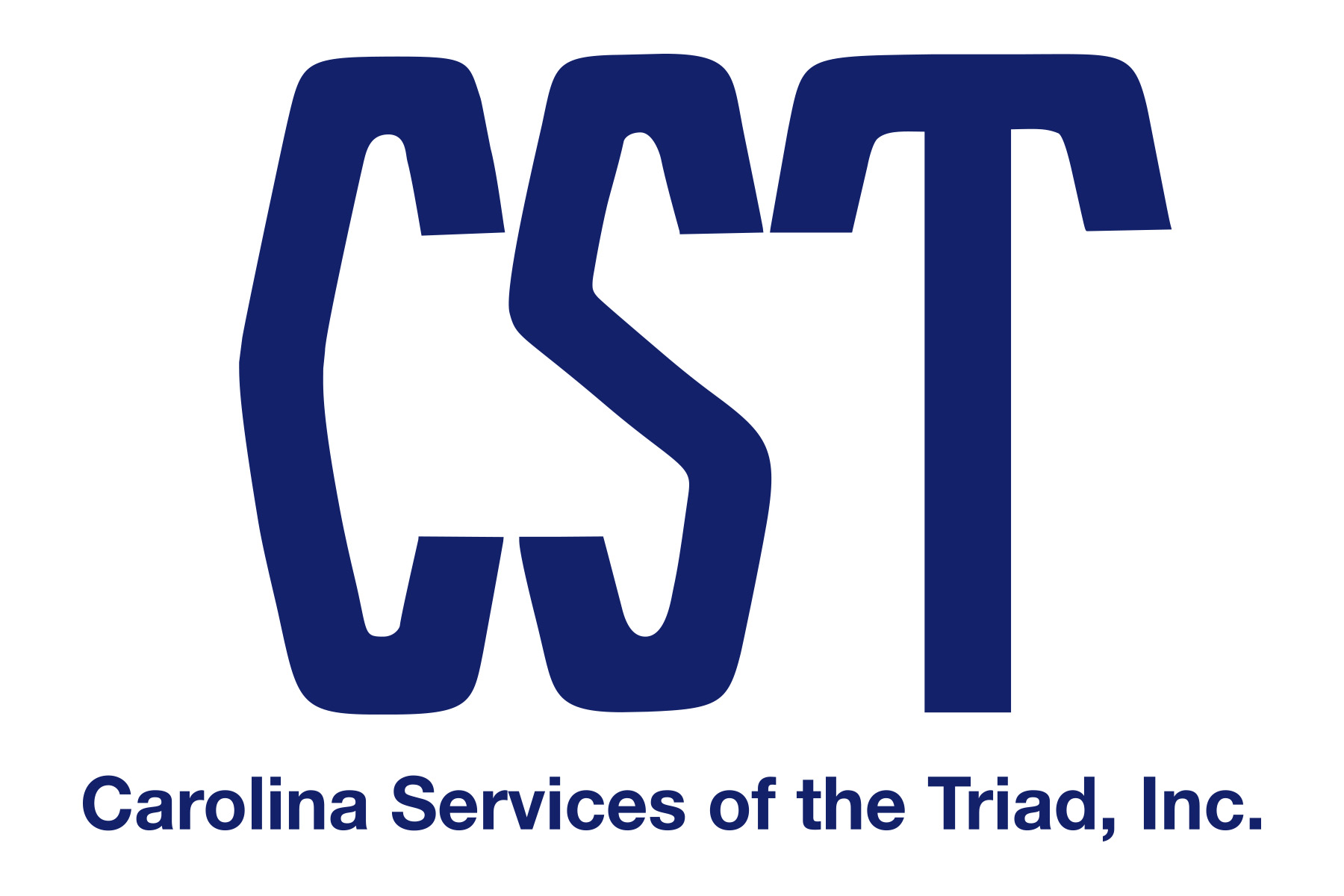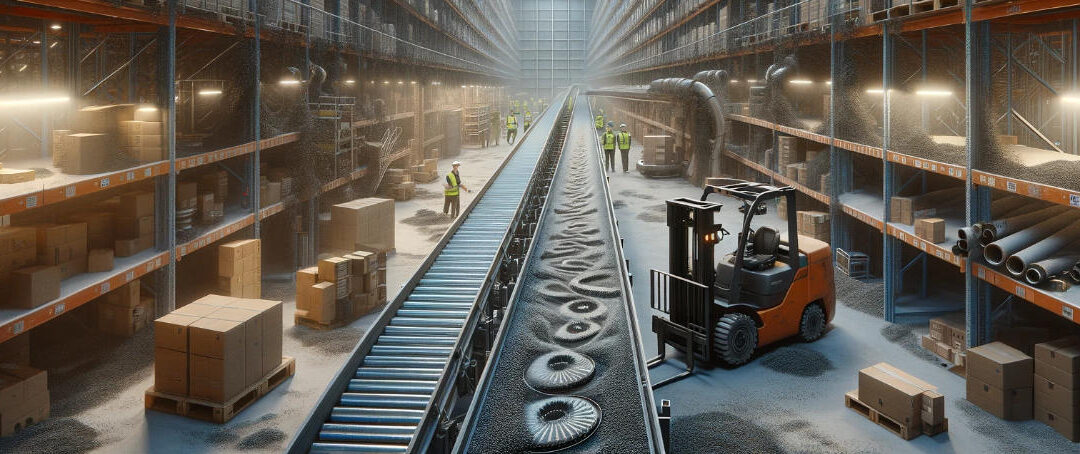OSHA is Paying Attention — Is Your Facility Prepared?
In October 2023, OSHA launched a National Emphasis Program (NEP) aimed directly at warehousing, distribution centers, and logistics facilities — a move that caught the attention of safety managers across the country.
The goal? To reduce workplace injuries in environments where fast-paced operations and high-volume movement often increase the risk of serious accidents.
For facilities in Winston-Salem, Greensboro, High Point, and surrounding areas, this update isn’t just a memo — it’s a mandate. And if your cleaning provider isn’t ready to operate under these heightened expectations, your entire operation could be at risk.
Why OSHA is Targeting Warehouses
Warehousing and distribution centers have become the backbone of modern commerce, especially with the explosion of e-commerce over the past decade. But with this rapid growth has come an increase in workplace injuries — many of them preventable.
According to OSHA, the rate of recordable injuries in warehouse environments is significantly higher than in other industries, particularly in sectors with fast-paced order fulfillment, 24/7 operations, and high turnover. This has made warehouses a top priority for enforcement.
OSHA’s data shows that injury rates in warehousing are significantly higher than the national average, prompting the agency to focus on:
- Material handling injuries
- Forklift accidents
- Hazardous walking surfaces (slips, trips, and falls)
- Blocked exits and unsafe egress routes
- Poor hazard communication and chemical handling
The focus of inspections under the NEP includes a wide range of safety concerns:
- Material Handling Risks: Improper storage, overloaded shelves, or poorly stacked pallets can lead to serious injuries and structural hazards.
- Forklift & Powered Truck Safety: Many warehouses rely on forklifts or powered industrial trucks, which are frequent sources of injury when operated around pedestrians or in cluttered spaces.
- Slips, Trips, and Falls: Wet floors, unmarked spills, and uneven surfaces are among the most common — and most cited — OSHA violations.
- Blocked Emergency Exits & Egress Routes: Whether due to clutter or poor layout, obstructed exits can result in major citations during inspections.
- Inadequate Hazard Communication: Facilities that store chemicals (even simple cleaning supplies) must have proper labeling, signage, and access to SDS documentation.
- Ergonomic Hazards: Repetitive lifting and awkward posture during tasks can lead to musculoskeletal injuries, which OSHA is increasingly scrutinizing.
What makes this crackdown even more significant is that inspections are not complaint-driven. OSHA is actively selecting facilities based on NAICS codes, injury data, and employment records — meaning even operations without prior incidents can expect unannounced visits.
The Overlooked Link Between Cleaning and Compliance
When most people think of OSHA compliance, they picture hard hats and forklifts — not mops and buckets. But cleaning plays a critical behind-the-scenes role in warehouse safety:
- Cluttered aisles and spills are major contributors to trip hazards and injury claims.
- Improper chemical storage by janitorial teams can trigger violations.
- Blocked fire exits and access panels can result from overlooked debris or poor cleaning routines.
- Dust buildup in poorly ventilated areas can even create combustion risks in some facilities.
In short, a poorly trained cleaning crew doesn’t just miss a few spots; they can create real safety risks.
A Cleaning Partner, Not Just a Vendor
As OSHA increases its focus on warehousing operations, facilities need partners who can support compliance, not compromise it.
If you’re managing an industrial site in the Triad area and wondering whether your current cleaning plan is truly inspection-ready, let’s talk. We can help you build a safer, cleaner operation — and one that’s prepared for whatever comes next.

